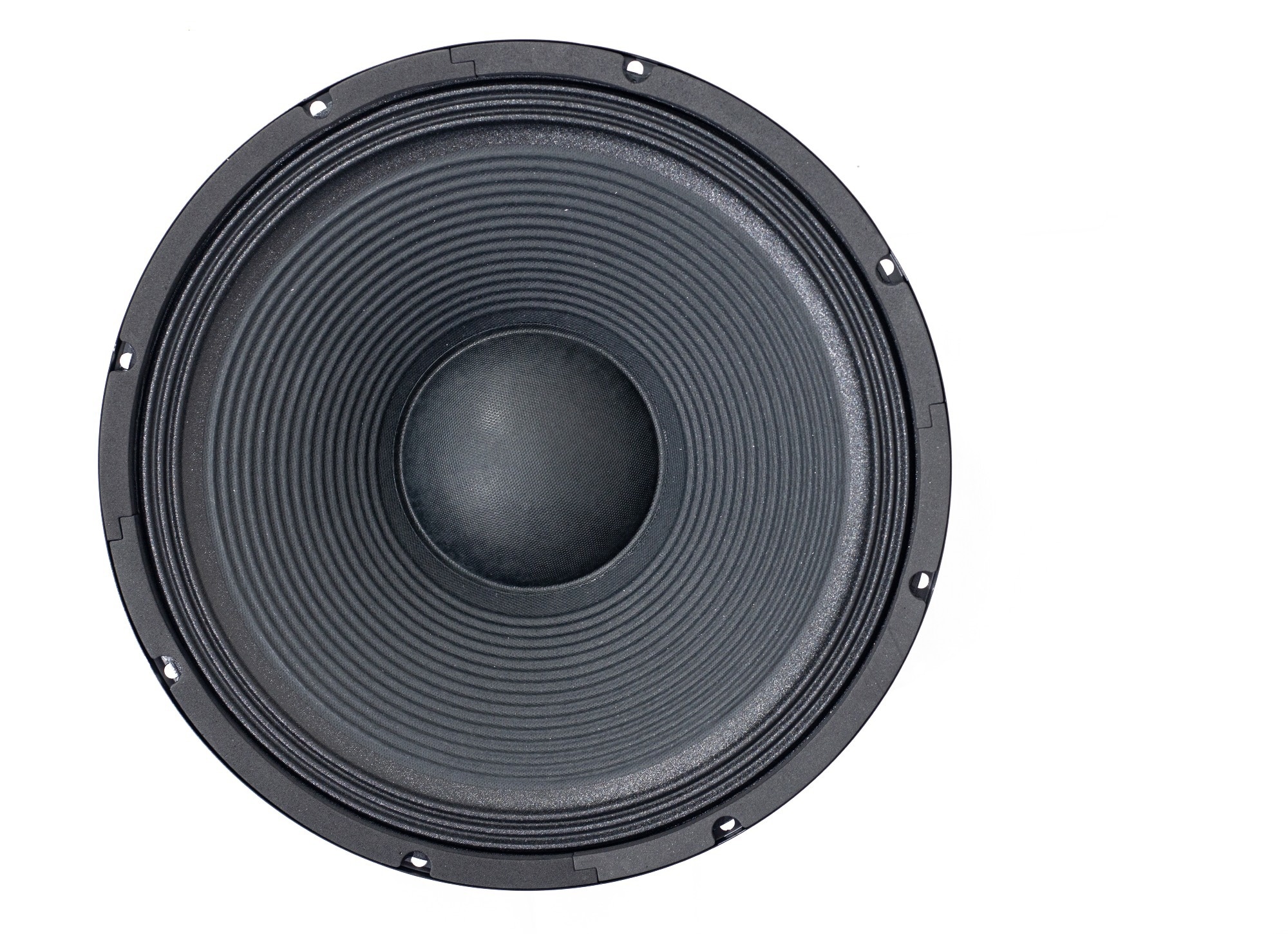In a paper published in the journal Flexible Electronics, researchers introduced flexible electret loudspeakers designed for immersive human-machine interactions. These eco-friendly, easily fabricated speakers offer customization, durability, and high-quality sound output, with an average Sound Pressure Level (SPL) of 60 dB at 50 meters and a consistent frequency response up to 15 kHz, covering the human voice range. Their versatility enabled integration with curtains or as posters, making them a promising solution for improving human-machine interaction experiences.
 Study: Eco-Friendly Flexible Electret Loudspeakers: A Sound Revolution. Image credit: MicrostockStudio/Shutterstock
Study: Eco-Friendly Flexible Electret Loudspeakers: A Sound Revolution. Image credit: MicrostockStudio/Shutterstock
Context and Prior Research
As human-machine interaction grows, there is an increasing need for high-quality audio experiences, especially in applications like augmented reality and virtual reality. Traditional centralized audio devices are no longer sufficient for the Internet of Things (IoT) and Web 3.0 demands, leading to the development of distributed loudspeakers that should be cost-effective, customizable, scalable, and eco-friendly. Flexible loudspeakers, particularly electrostatic flexible electret types, have gained attention for their simplicity and cost-effectiveness.
Previous research actively explored flexible electret loudspeakers using various transduction methods, including electrostatic, piezoelectric, and thermoacoustic approaches. These investigations have provided valuable insights into the development of flexible loudspeakers. However, prior designs often faced challenges related to material sustainability, environmental impact, and flexibility.
Proposed Method
Fabrication of the Eco-friendly Flexible Loudspeaker: The fabrication process for the eco-friendly flexible loudspeaker involves several steps. Firstly, employing a laser module (with a power of 1.6 W) from a Snapmaker A350T 3D printer, holes with a 1.2 mm diameter are meticulously cut into paper substrates. These substrates are available in 38, 103, or 437 μm thicknesses. Next, carbon electrodes are evenly applied to one surface of the paper substrates using a 6B hardness class pencil.
Following that, the researchers produced a Polylactic Acid (PLA) disc with a 20 mm diameter and 0.8 mm thickness using a 3D printer, employing white PLA filament as the raw material. This PLA disc is hot-pressed into a thin film under specific conditions. The PLA films, with thicknesses of 80, 100, or 120 μm, are subsequently quenched.
The researchers adhere a PLA electret film to the electrode surface of one paper substrate, and they perform corona charging to inject electrostatic charges. For large-size devices, the PLA film is partitioned and sequentially polarized. Finally, the electrode surface of another paper substrate is attached to the PLA film, resulting in flexible loudspeakers with customizable shapes and sizes.
COMSOL Multiphysics Simulation: The researchers simulated SPL responses and voltage-SPL relationships using 2D and 3D finite element analysis within COMSOL Multiphysics. The model encompasses solid mechanics, electrostatic forces, and SPL. This approach computes a stable state solution, followed by the active definition of the driving voltage using linear perturbation functions. The acoustic model accounts for air gaps between paper substrates and PLA. The simulation involves extracting absolute sound pressure field values at a distance of 5 cm from the loudspeaker's center. A perfectly matching layer with a 1m diameter is defined to mimic an infinitely extended sound field.
Characterization: This method generates the loudspeakers' driving signals using a function generator or data acquisition system, amplification, and the active execution of sound pressure level measurements with a multifunctional noise analyzer. Vibrating displacement is measured using a laser Doppler vibrometer (LDV). Scanning Electron Microscopy (SEM) images are acquired using a high-resolution Field Emission Scanning Electron Microscope. Measurement of the surface potential of PLA electret films involves using an electrostatic voltmeter. The PLA film is subjected to Fourier-Transform Infrared Spectroscopy (FTIR) using a Spectrometer. Young's modulus, capacitance, and resistance values of various components are measured using a tensile machine, Inductance, Capacitance, and Resistance (LCR) meter, and Source Meter.
Empirical Findings
The experimental results of the eco-friendly flexible electret loudspeaker provide crucial insights into its performance. Optimizing the loudspeaker's design by varying the thickness of the top and bottom paper substrates revealed that the combination of the thinnest top substrate (38 μm) and the thickest bottom substrate (437 μm) yielded the highest sound pressure level (SPL) outputs underscoring the critical role of substrate thickness in enhancing the loudspeaker's performance.
Additionally, the study highlights the positive impact of higher surface potential in the PLA electret film, as loudspeakers with average surface potential values of 100 V, 200V, and 300V exhibited improved SPL outputs. Remarkably, even at a relatively low driving voltage of 17.7 Vrms, the SPL reached levels within the typical range of human vocalization. The research's comprehensive SPL measurements across a wide frequency range and insights into directivity and distance attest to the loudspeaker's versatility and long-term stability, making it a promising and eco-friendly audio solution for various applications.
Conclusion
To sum up, this research introduces a remarkable advancement in eco-friendly and versatile audio technology by creating flexible electret loudspeakers. Crafted from sustainable materials such as PLA electret film, paper substrates, and carbon electrodes, these loudspeakers represent a compelling departure from conventional audio devices.
These loudspeakers present a pragmatic and environmentally conscious solution for diverse audio applications by meticulously optimizing key design parameters and demonstrating their adaptability, resilience, and consistent performance. The future holds the potential for further enhancements by refining materials and subjecting these innovative devices to rigorous outdoor testing, aligning with the growing demand for sustainable audio solutions in today's ever-evolving world.